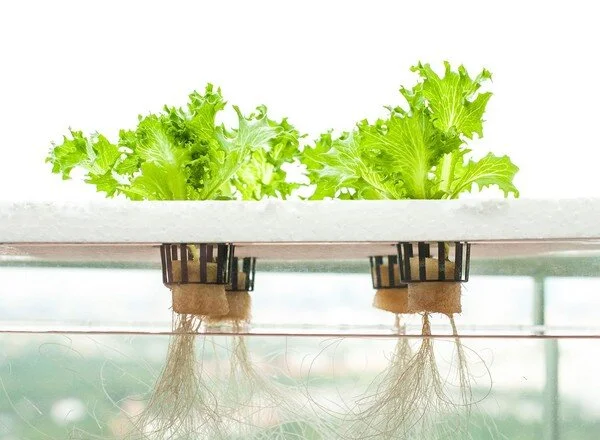
Welcome to iGrow News, Your Source for the World of Indoor Vertical Farming
Preventing Diseases Coming Into Your Fresh Produce
“If people don’t make the investment to understand water quality, once they realize the damage to their produce, it might be too late
Sankaran:
“The first thing is to understand the controlling factors. How do you make sure of the soil and the water quality health. Our job is the water quality.” Outside of heavy metals, some micro-nutrients are toxic to plants in moderate concentrations or specific conditions. KETOS looks at water quality as the first aspect in food safety because elements or toxins in water are often filtered and held by soil.
“If people don’t make the investment to understand water quality, once they realize the damage to their produce, it might be too late. One of the most common things, which we haven’t measured yet but actively looking into it, is how we can understand e-coli. We always end up having e-coli outbreaks and product recalls because of e-coli. We need to get ahead of that because there’s millions of dollars of losses and food waste.”
Safety issues
Kris Nightengale, VP Agricultural Sales notes: “If you look at the US data regarding food safety issues and over 80% of the cases had livestock grazing in proximity or higher in the watershed in relation to the produce field. Indoor and vertical agriculture seeks to solve the problem by taking the food out of the open and into a highly controlled enclosed environment.” Some pathogens are known to translocate in plants and become a part of the cell structure. This means that no amount of washing is going to disinfect the produce.
The KETOS shield continuously monitors the pH, ORP, and chlorine, which ensures chlorine can be maintained at the proper level to ensure effective sanitization. Even though indoor production facilities go to great lengths to filter and treat influent and circulating water, pathogens can still be introduced through fertilizer, worker, and pests.
“Healthy plants are not the hosts for pathogens that unhealthy plants are. Because indoor production works on a circulating loop system, nutrient imbalances can move very quickly through a facility. It’s not uncommon for indoor growers to watch a perfectly healthy crop start exhibiting symptoms of changing vigor in a matter of hours. Water tests are generally infrequent and there is a significant lag time from the lab. KETOS is filling in the massive data gap that growers can directly and immediately tie to crop health”, Nightengale affirms.
Keeping the water nutritious
One of the biggest issues that the US is dealing with right now, not necessarily how good the water treatment plants are, but how good the piping across the distribution network. Those pipes could have been laid out 100 years ago and could be contaminated with toxins. Knowing the water quality, both at the source and the destination is very important.
“KETOS is deploying systems to help with irrigation as well as help implement a broader distribution network for leak detection, understanding lead contamination in pipes, so that repairs can be conducted proactively vs. an expensive infrastructure replacement”, Sankaran says. “You cannot act upon what you don’t measure.”
“Agriculture has successfully implemented technology across many facets of its operations and its time for water management to be a more important discussion as this is a precious asset that can impact not just the farmers but of all of the consumers at large .”
Nightengale adds: “KETOS is able to address the gaps in the marketplace today for water intelligence in-depth, and the right kind of data can provide you insights for what’s actually occurring at your fingertips.”
For more information:
KETOS
Meena Sankaran, Founder, and CEO
meena@KETOS.co
Kris Nightengale
kris.nightengale@KETOS.co
www.KETOS.co
Publication date: Tue 15 Sep 2020
Author: Rebekka Boekhout
© HortiDaily.com



